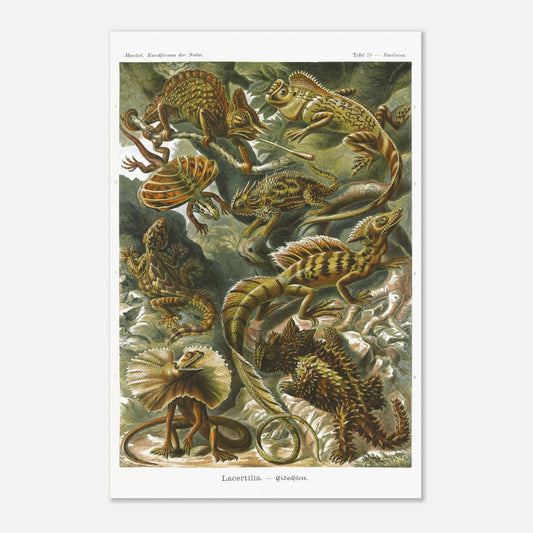Lizards - Natural history artistic poster - Ernst Haeckel, Kunstformen der Natur
Lizards - Natural history artistic poster - Ernst Haeckel, Kunstformen der Natur
Couldn't load pickup availability
Reproduction engraving of: Lizards
Original title Lacertilia - Eidechsen
Poster of Basiliscus - Vertebrates of the class Reptiles, Order Sauria (Lacertilia)
Illustration from the book Kunstformen der Natur, which is a collection of artistic lithographs of natural sciences published by the German biologist Ernst Haeckel between 1899 and 1904.
This naturalistic illustration is part of an overall style inspired by Ernst Haeckel, which greatly influenced the emerging Art Nouveau movement at the beginning of the 20th century. This work, illustrating the impressive beauty and great diversity of the biological world, was complemented by a certain amount of scientific information, some excerpts of which are reproduced below.
This information is over 120 years old and some of it may be outdated!
Scientific classification:
Vertebrate Phylum (Vertebrata) Main class Gnathostomes (Gnathostoma) Class Reptiles (Reptilia) Lepidosauria subclass (Lepidosauria) Order of Lacertilians (Lacertilia)
Scientific notice (extract) accompanying the poster print of Lacertilia - Lizards :
The series of forms of the order Eidechsen (Lacertilia) belongs to the oldest representatives of the Amniotes (Amniota), that main division of the vertebrate kingdom which includes the three most evolved classes: reptiles, birds and mammals. Fossils of ancient lizards (Basilosaurus) are already found in sedimentary rocks of the Triassic period and are closely related to the ancestral reptiles (Protosauria) of the preceding Permian period, from which they evolved. The Protosauria are in turn descended from the Stegocephala of the earlier Carboniferous period, the oldest known quadrupedal and terrestrial vertebrates. The general body shape of ordinary lizards, with their flat, triangular head, elongated trunk and tail, and four short, five-toed legs, still closely resembles that of their ancient ancestors, the Stegocephala. A key difference from the latter lies in the keratinization of the epidermis, resulting from adaptation to permanent life in dry conditions. The scaly skin of lizards, as well as that of the snakes descended from them, consists of a continuous armor of horny scales (Pholides); this armor is regularly renewed by molting. Only a small part of modern lizards has retained the ancient armor of small bony scales (Lepides) belonging to the underlying dermis (Corium). The dermis is rich in colored pigments, often deposited in the form of granules of various pigments in special cells. These pigment cells (Chromatophores) are often very mobile, and by contracting and expanding variably, they produce that famous color change, characteristic of chameleons, but also present in many other reptiles and amphibians (e.g., frogs). Often, these animals adjust their color remarkably to blend in with their environment. It is noteworthy that chromatophores are often directly connected to the finest endings of the nervous system; strong emotions such as fear, anger, or fright can therefore cause immediate color changes. A remarkable ability to adapt to living conditions is manifested in many lizards by various other features, resulting in significant deviations from the usual body shape. Thus, the chameleon (Fig. 1) is distinguished by its long climbing legs and worm-like tongue. In horned lizards (Figs. 4 and 8), the ordinary horny scales have been transformed into hard spines. In iguanas, the nape of the neck is often adorned with a long crest (Figs. 2, 4, and 6). The frilled lizard (Fig. 7) has a wide frill that it can extend and fold at will. Flying dragons (Figs. 3 and 5) form, thanks to a large lateral skin fold, a sort of parachute, similar to flying squirrels, allowing them to jump from tree to tree. The natural colors of lizards are often very bright and varied, and often very changeable; even the species illustrated here often appear more diverse and colorful than depicted, for the sake of simplicity.
Species present on the naturalist board of Lizards - Basiliscus :
- Chamaeleon montium
- Lophyrus tigrinus
- Draconellus volans
- Phrynosoma cornutum
- Ptychozoon homalocephalum
- Basiliscus americanus
- Chlamydosaurus kingii
- Moloch horrigus
About this print
About this print
The layout and composition of this reproduction have been the subject of our greatest attention.
- Respect for the format of the original work: in order to faithfully transcribe the artist's intention, the work is not cropped/re-cut except in extreme cases (obvious imperfection, geometry problem, etc.) in which case the cropping will be as light as possible.
- The presence of white margins is sometimes necessary in order to present the work in a balanced manner.
- Each size offered has been specifically composed, therefore, the size of the white margins may vary from one print size to another. Remember to check this detail carefully!
- Print only, frame not included!
Features
Features
- Premium 200gsm matte white paper, durable and strong.
- Natural, smooth uncoated finish, silky to the touch
- FSC certified paper or equivalent certifications depending on regional availability.
- Each print is shipped in sturdy packaging, ensuring safe transport.
- Each print is printed and shipped on demand. No minimum order quantity is required.
Share !
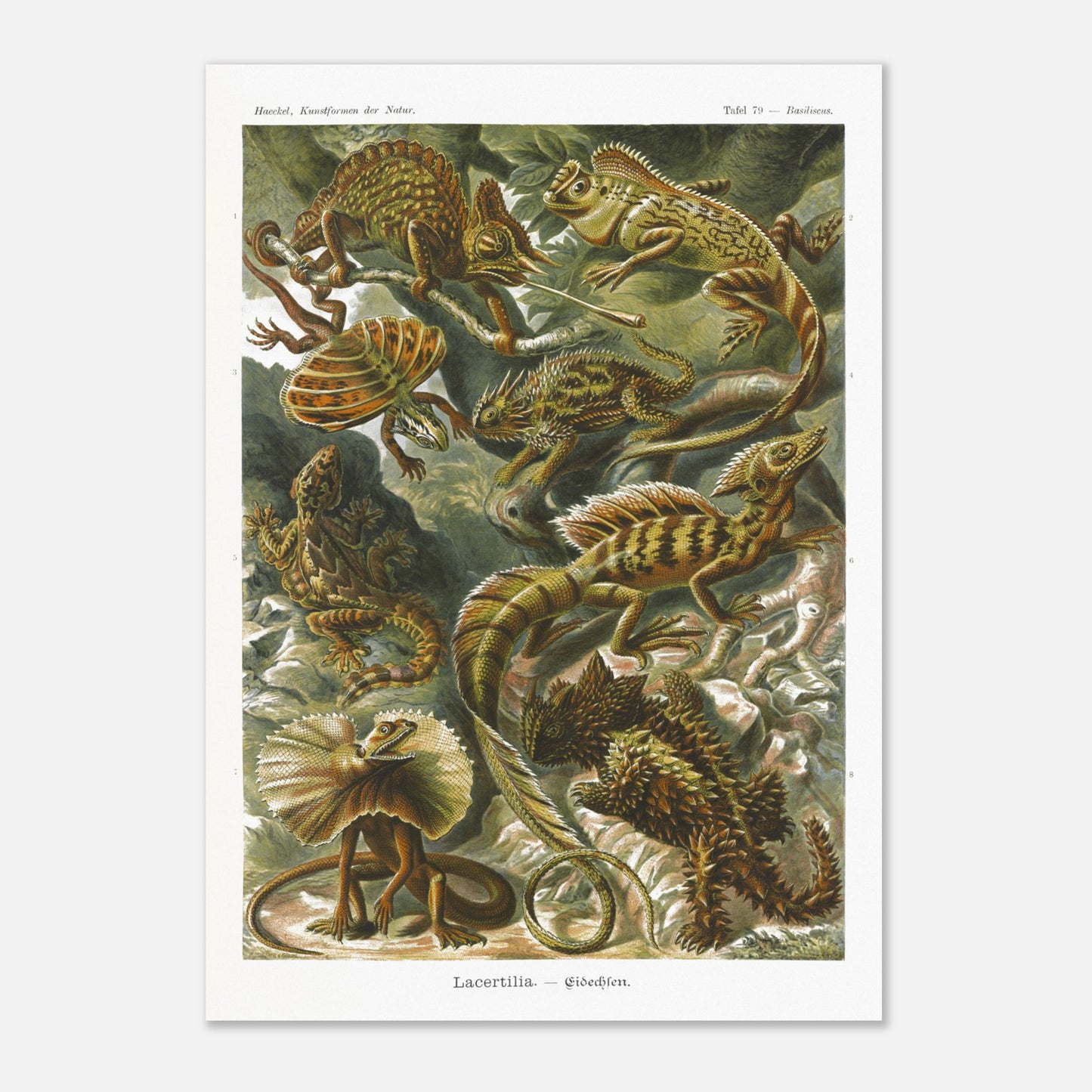
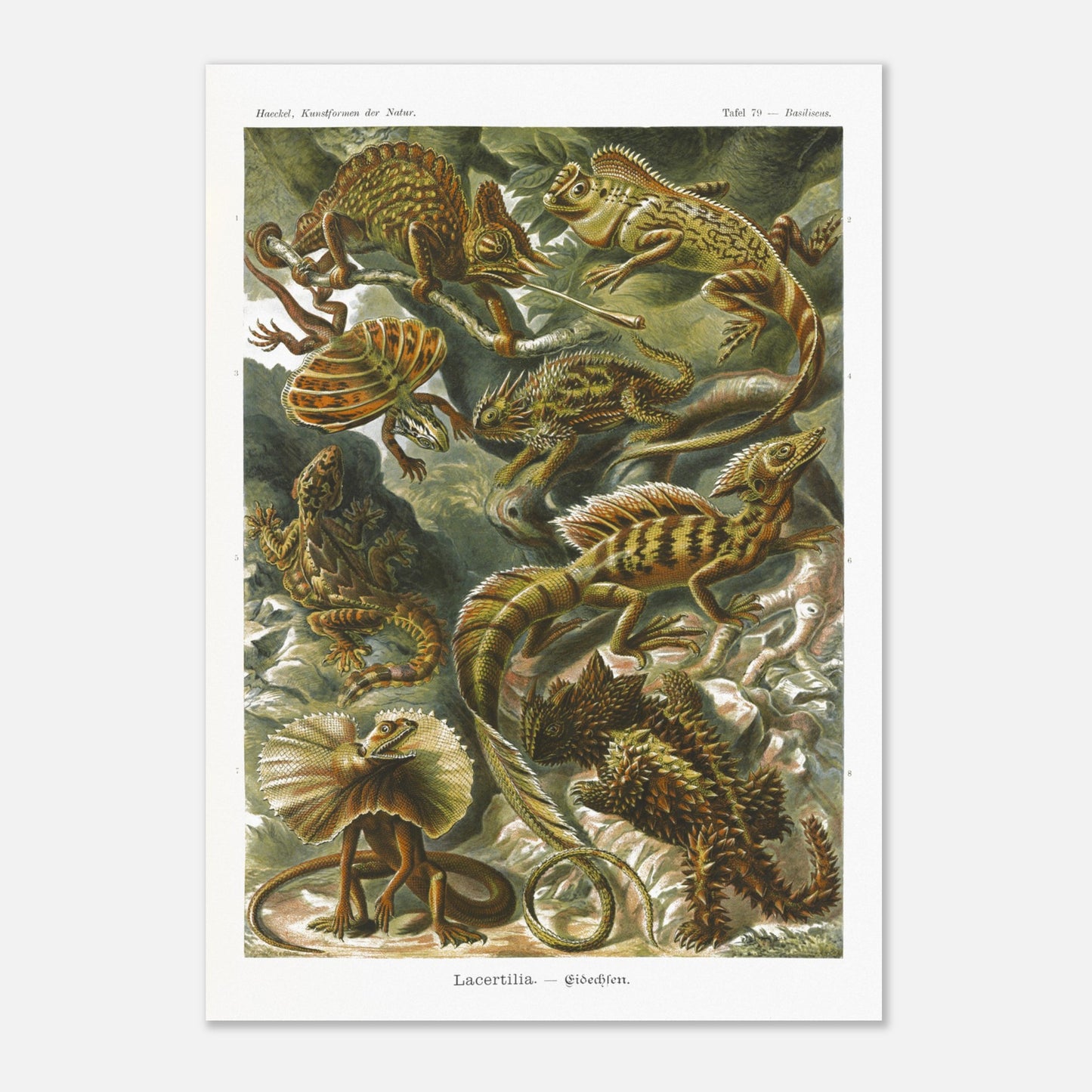
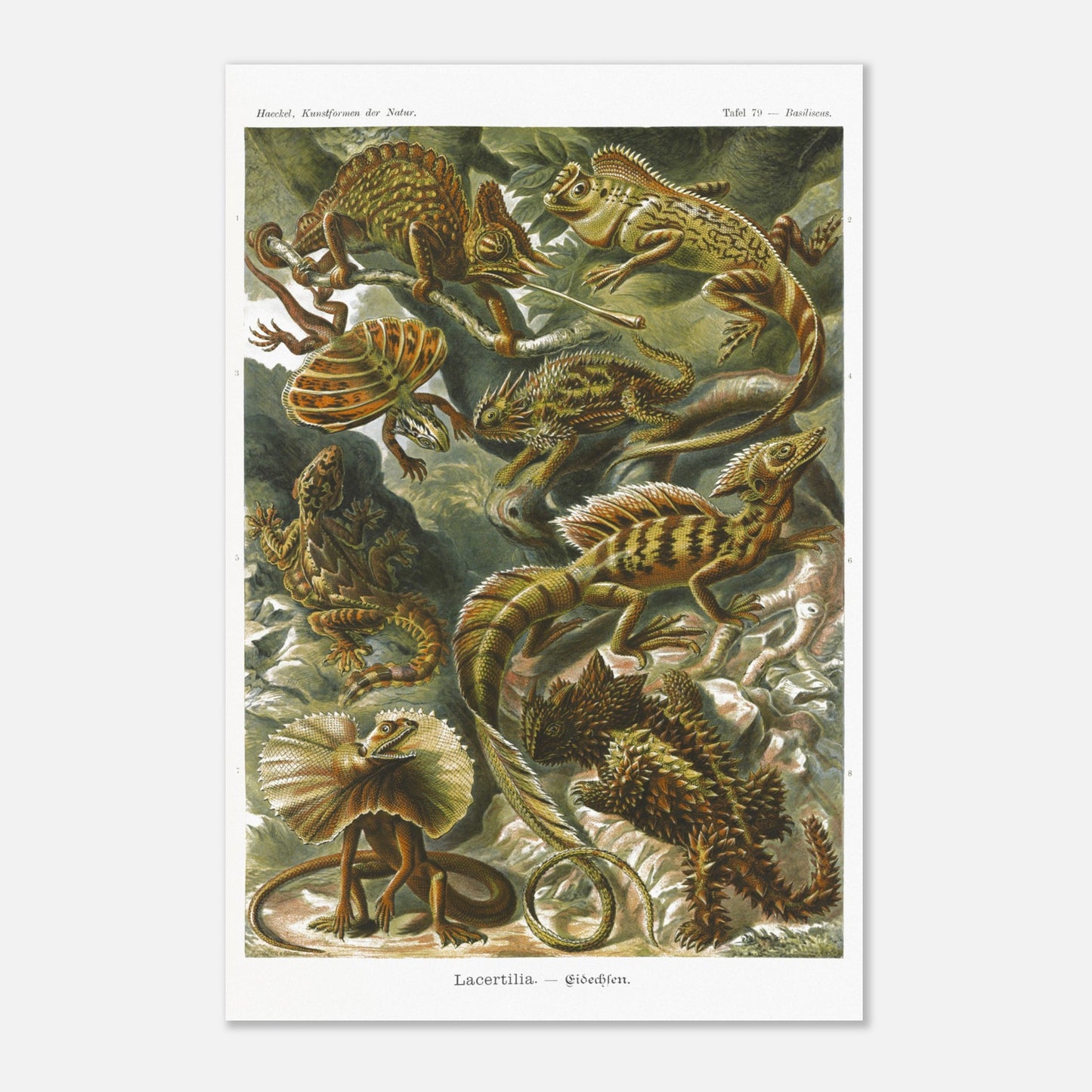
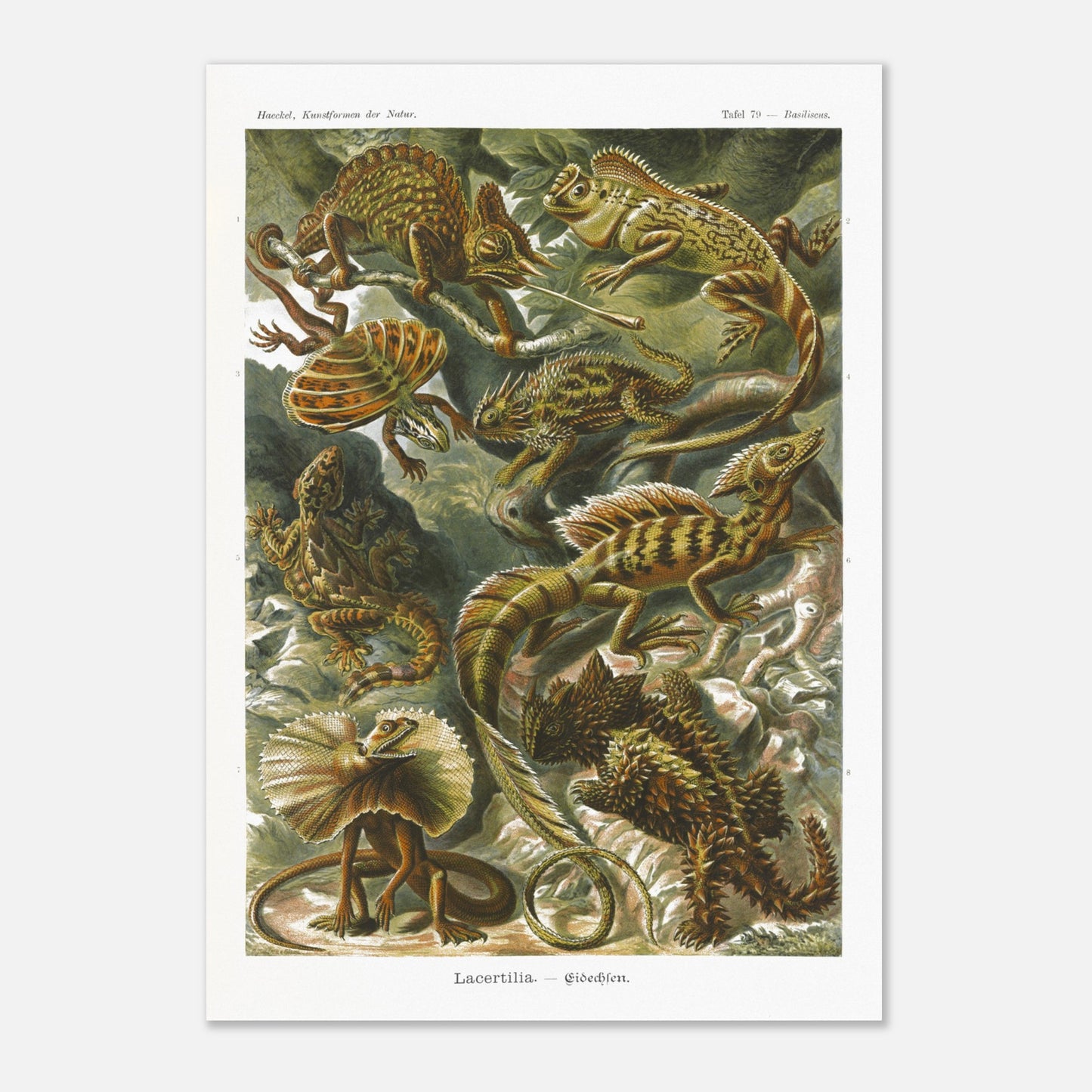
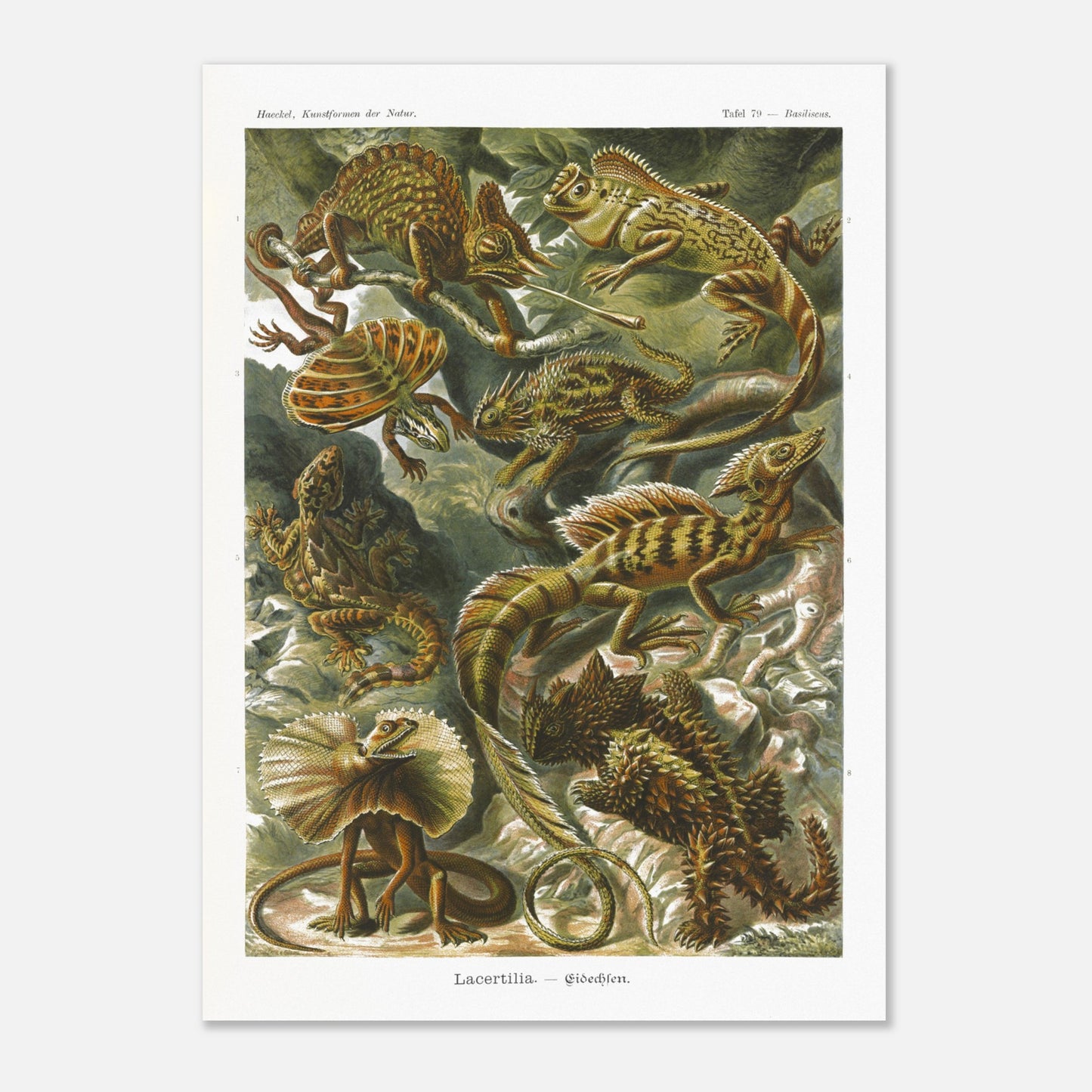
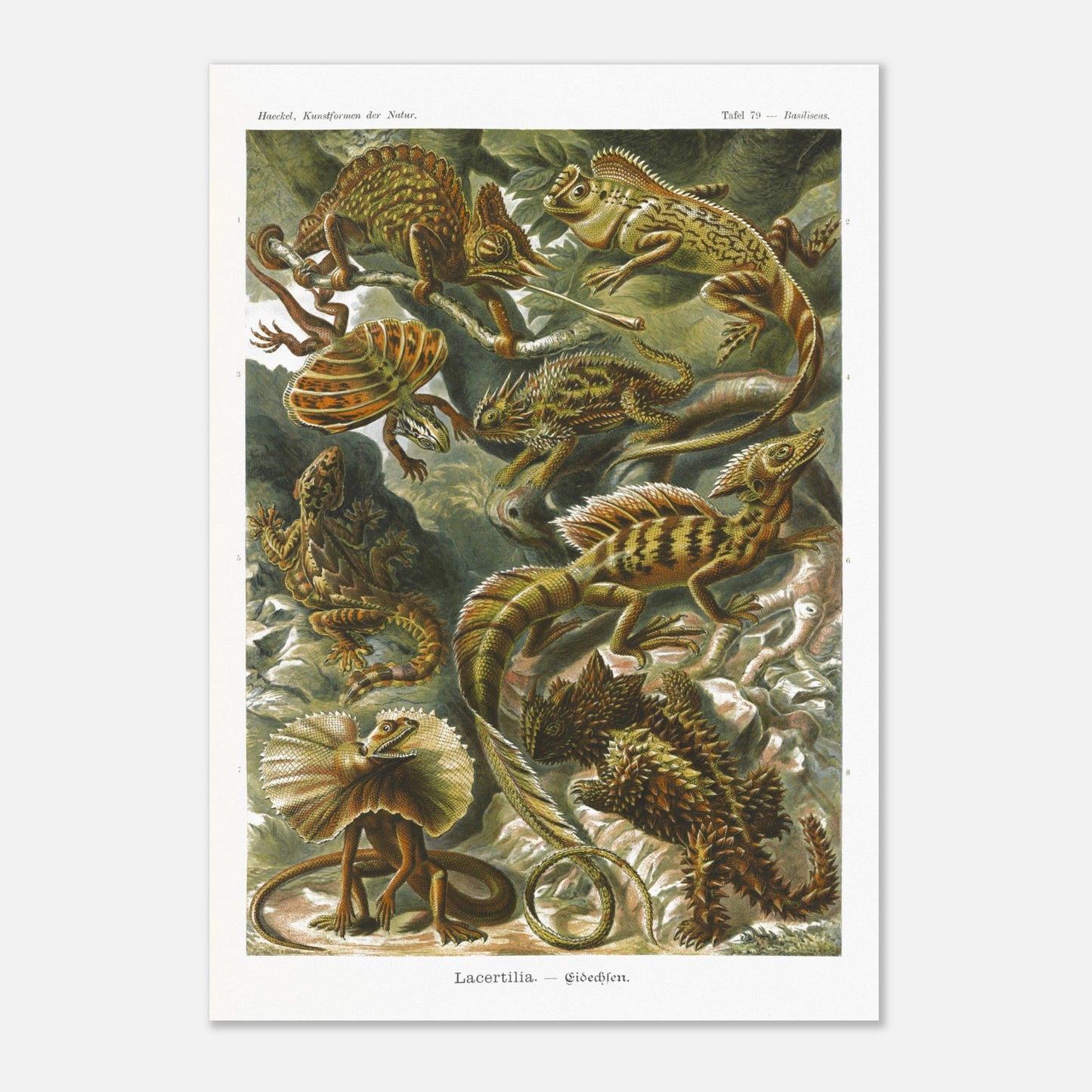
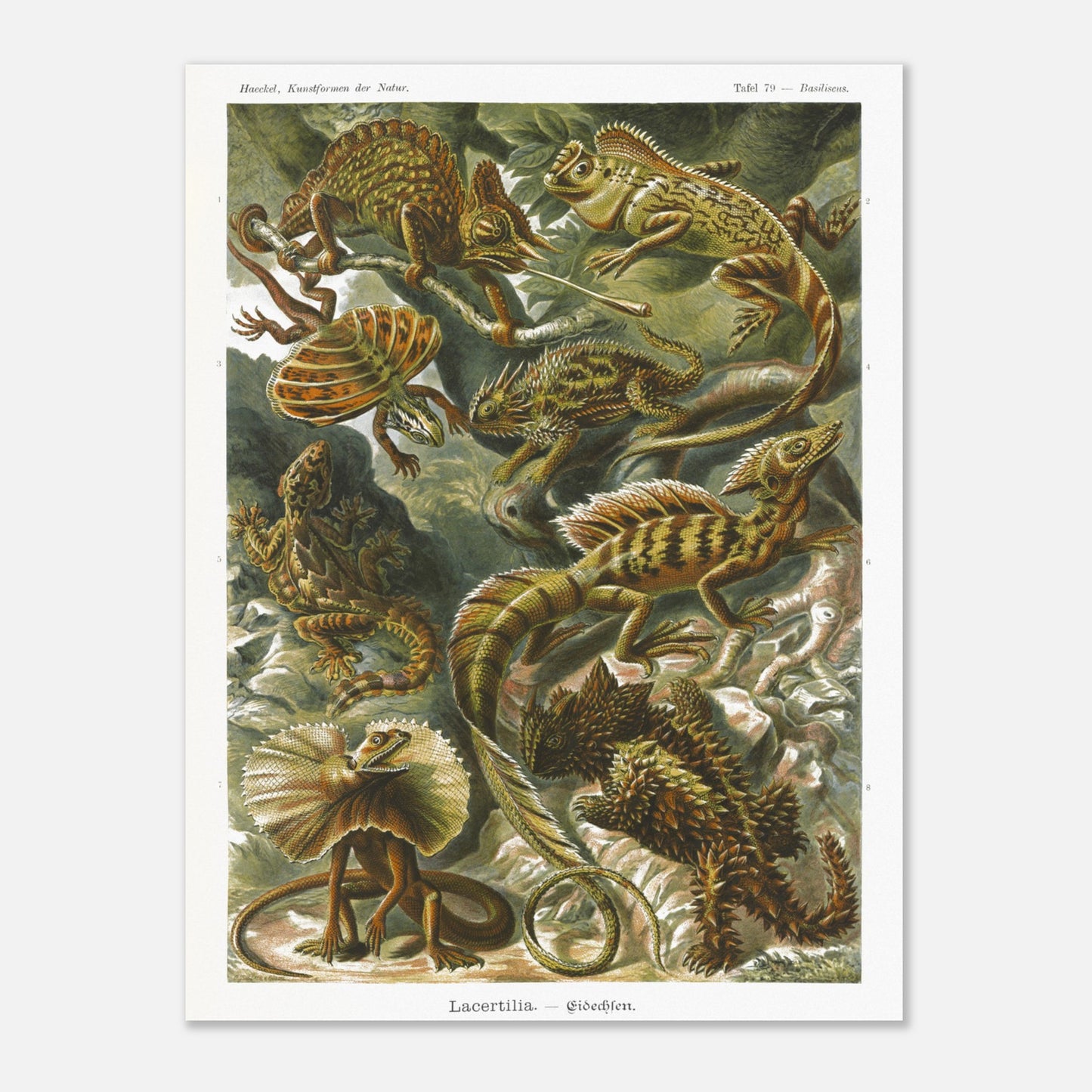
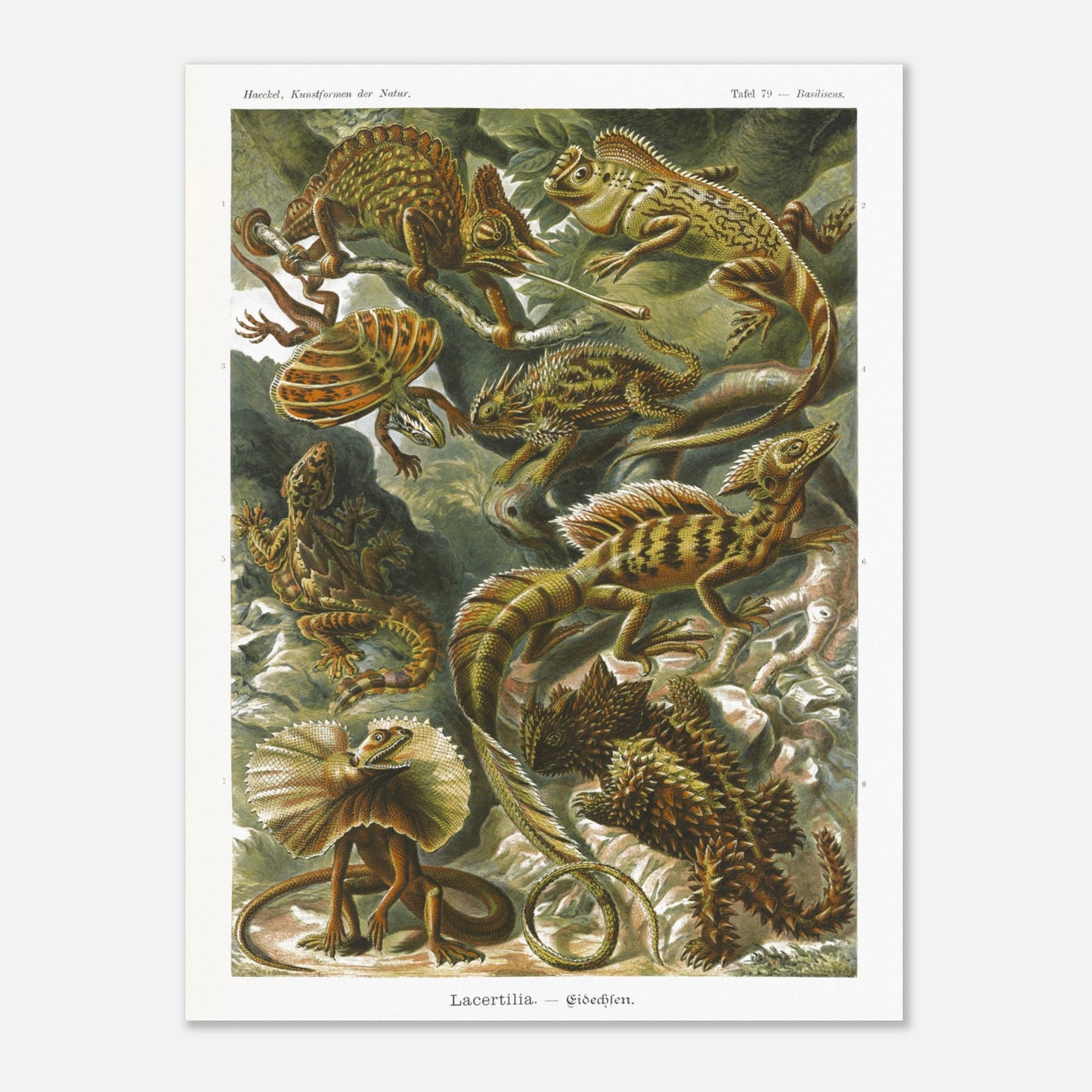
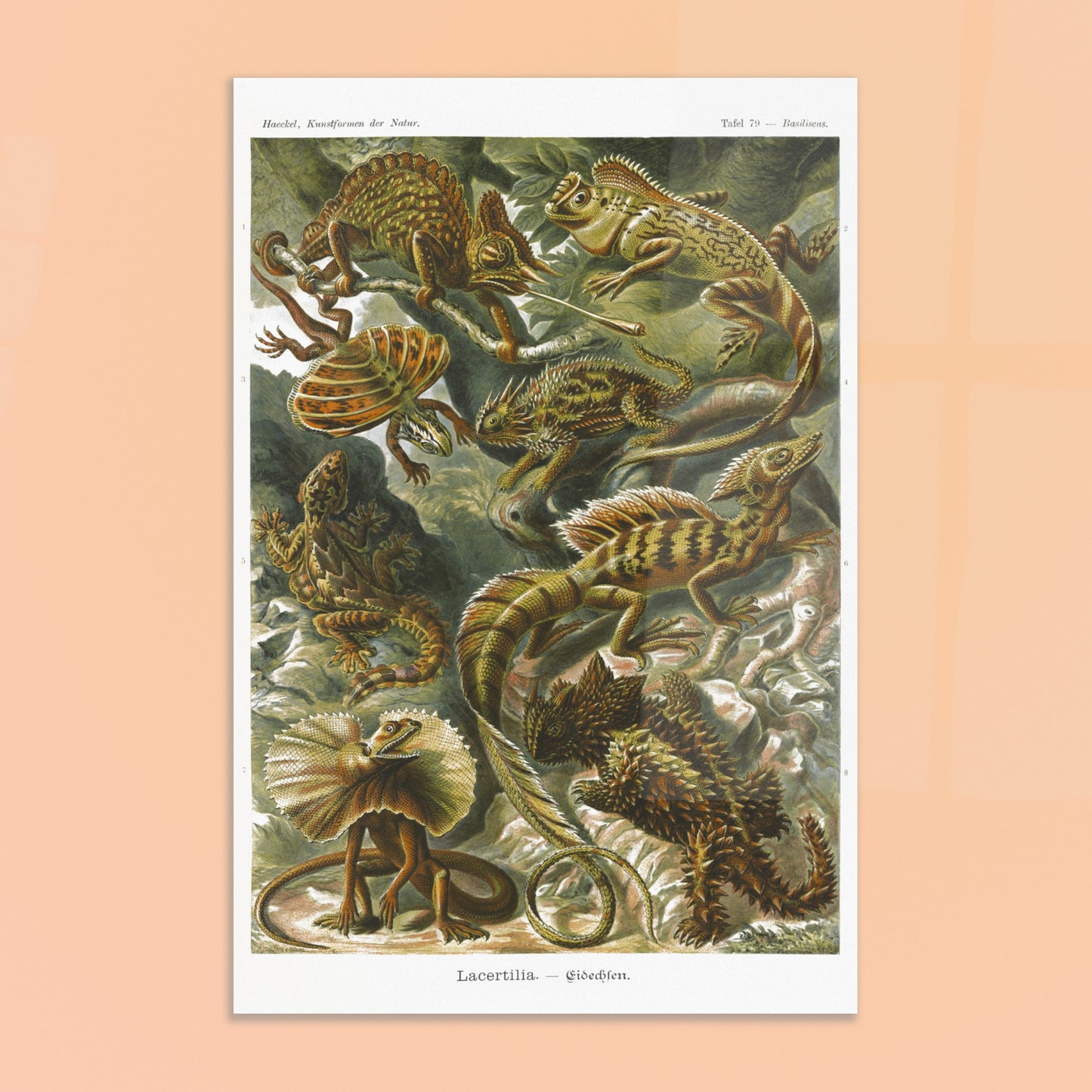
Recently viewed products
We are listening to you
If you are looking for a specific composition, a particular layout, or any other customization need, our team is at your disposal and will do everything possible to meet your requests.
So don't hesitate to...




